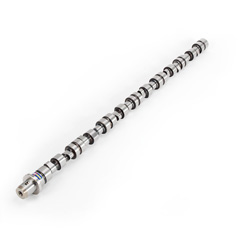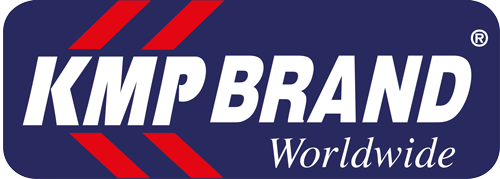KMP Replacement
CAMSHAFTS
KMP Brand® Camshafts
Manufactured using the best quality materials, KMP Brand replacement camshafts are suitable for a wide range of heavy machinery and agricultural equipment. Our catalogue includes camshafts designed for renowned brands such as Caterpillar®, Cummins®, Komatsu®, Detroit Diesel®, Case IH®, Ford New Holland®, Massey Ferguson®, JCB®, John Deere®, Perkins®, Iveco®, and NEF® machines.

order camshafts:
Main Functions of a Camshaft
A camshaft plays a fundamental role in the engine’s operation. It’s responsible for opening and closing the engine’s valves at precise times to ensure the intake of air and fuel and the expulsion of exhaust gases. This synchronised valve operation directly influences the engine’s power, fuel efficiency, and emissions control.
Warning Signs of a Failing Camshaft
Decreased Power and Performance: A worn or damaged camshaft can lead to reduced engine power, causing sluggish acceleration and overall poor performance.
Check Engine Light: The engine’s control module may detect irregularities in valve timing and trigger the check engine light.
Rough Idle: A camshaft problem can lead to an erratic or rough engine idle, making the vehicle vibrate or shake at rest.
What Causes a Camshaft to Wear Out?
Can I Drive with a Faulty Camshaft?
How Often Do You Need to Replace a Camshaft?
Where Is the Camshaft Located in the Engine?
The camshaft is positioned within the engine block, typically located in the cylinder head or lower block, depending on the engine’s design. It’s parallel to the crankshaft and connected by timing components to coordinate valve operation with piston movement.
Do You Have to Remove the Engine to Replace the Camshaft?
When Replacing a Camshaft, What Else Should You Replace?
When replacing the camshaft, it’s often advisable to replace associated components, such as camshaft bearings, valve lifters, and timing components, including the timing chain or belt and tensioner. This ensures a comprehensive overhaul of the valve train system and promotes long-term reliability.
